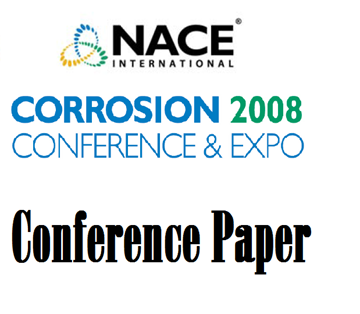Search
08175 Pharmaceutical Surface Defects: Correlation Between Microstructural Artifacts and Electropolishing Results
Also Purchased
08176 Common Corrosion Problems in the Brewery Sector
Product Number:
51300-08176-SG
ISBN:
08176 2008 CP
Publication Date:
2008
$20.00
08180 Corrosion Resistance of Alloy 31 and 59 in Highly Corrosive Dangerous Goods
Product Number:
51300-08180-SG
ISBN:
08180 2008 CP
Publication Date:
2008
$20.00
08173 Cavitation and Erosion Damage of Reboiler Stripper Tubes in Gas Manufacturing Industry
Product Number:
51300-08173-SG
ISBN:
08173 2008 CP
Publication Date:
2008
$20.00




